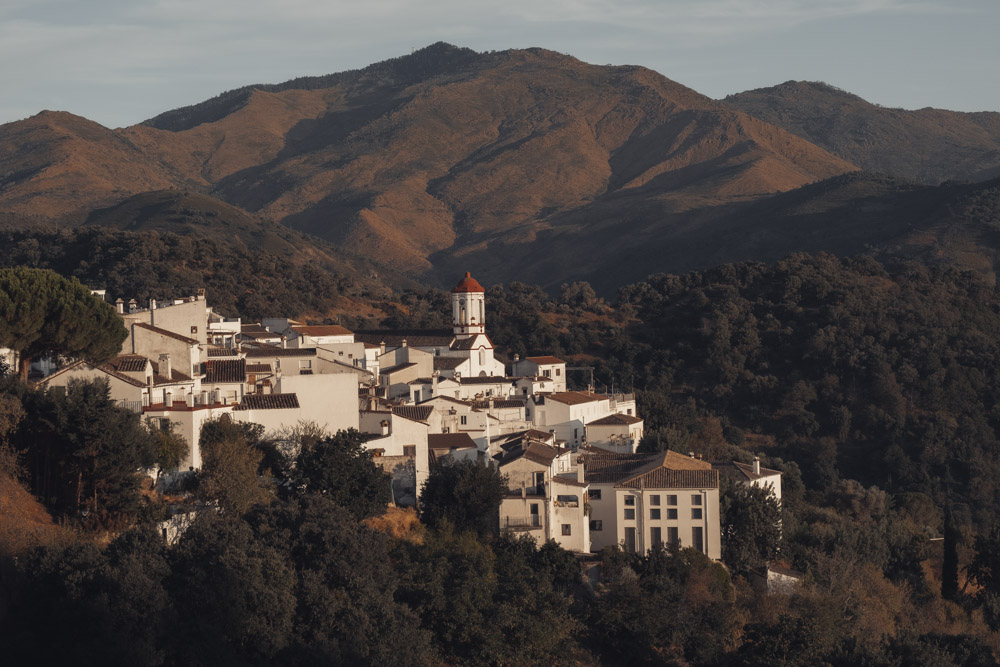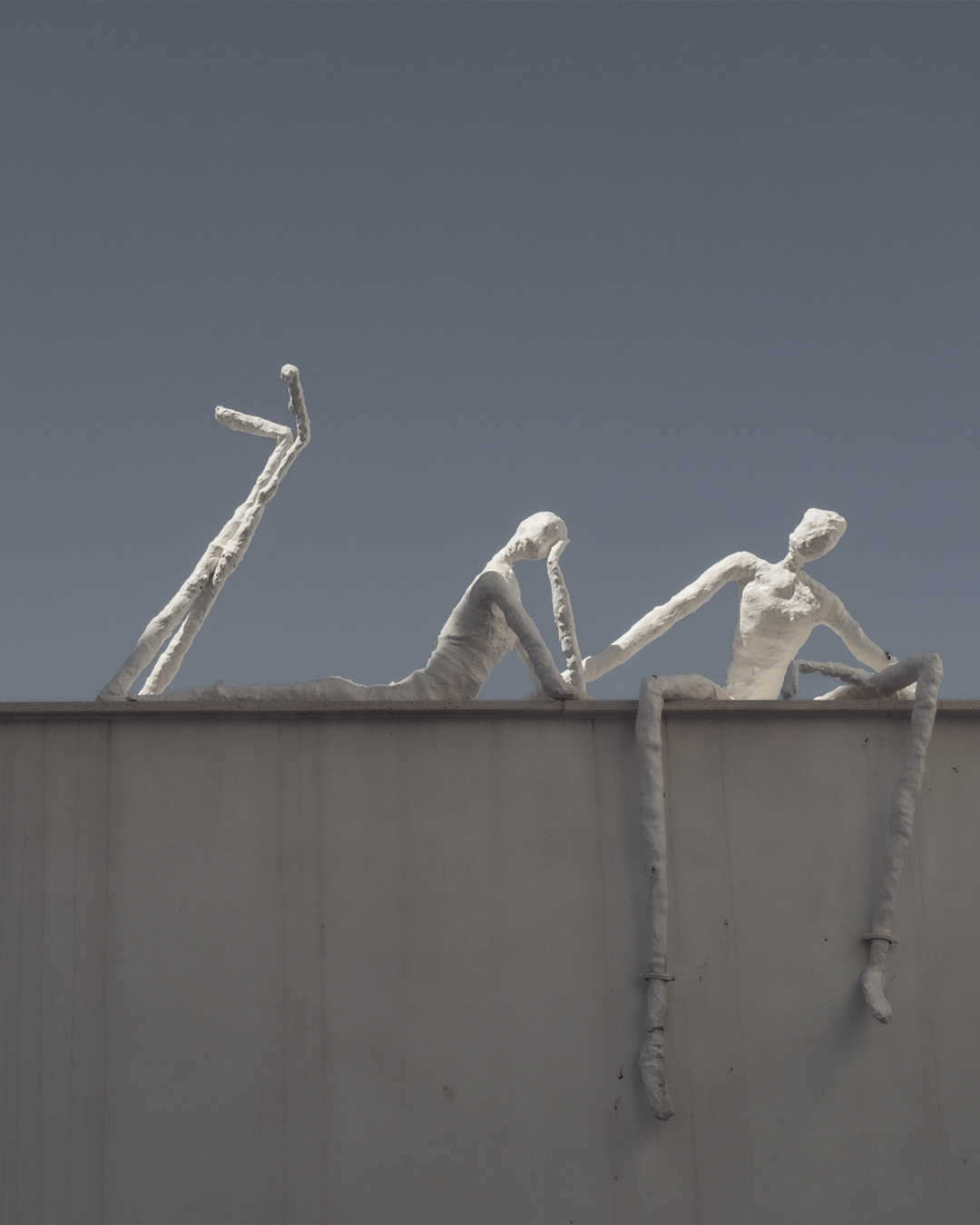The case study of Genalguacil Pueblo Museo (Spain)
The other day I was talking about how art can help social transformation and improve people’s lives. Today I want to tell you about how art can help to give life to an entire village.
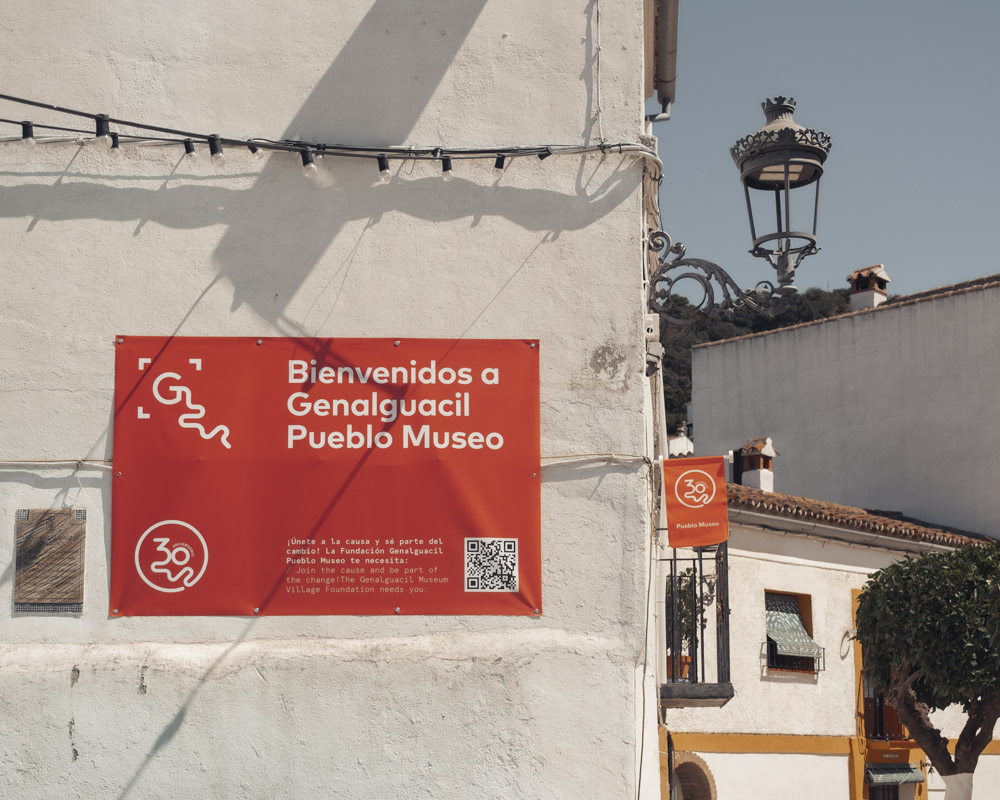
We are travelling to Genalguacil, a village in Málaga with only 400 inhabitants. This town is celebrating its 30th anniversary this year with a commitment to art as a socio-economic driving force through its Encuentros de Arte (Art Encounters).
This is a biennial event which welcomes selected artists to create and exhibit their work in the village. Through them, contemporary art is linked to tradition, the local community and the natural environment of Genalguacil.
The call specifies that the projects must follow an Artistic Research Design based on the pillars of Genalguacil Pueblo Museo (DIA/GPM): tradition, culture and nature. In this way, the town shows its commitment to maintaining the project’s roots in the local community and the territory.
The scope of this project has grown so much, as well as the artistic heritage it treasures after 30 years, that for the last 4 years it has had its own stand at ARCO, the most important International Contemporary Art Fair in Spain.
Sustainable Tourism in Genalguacil
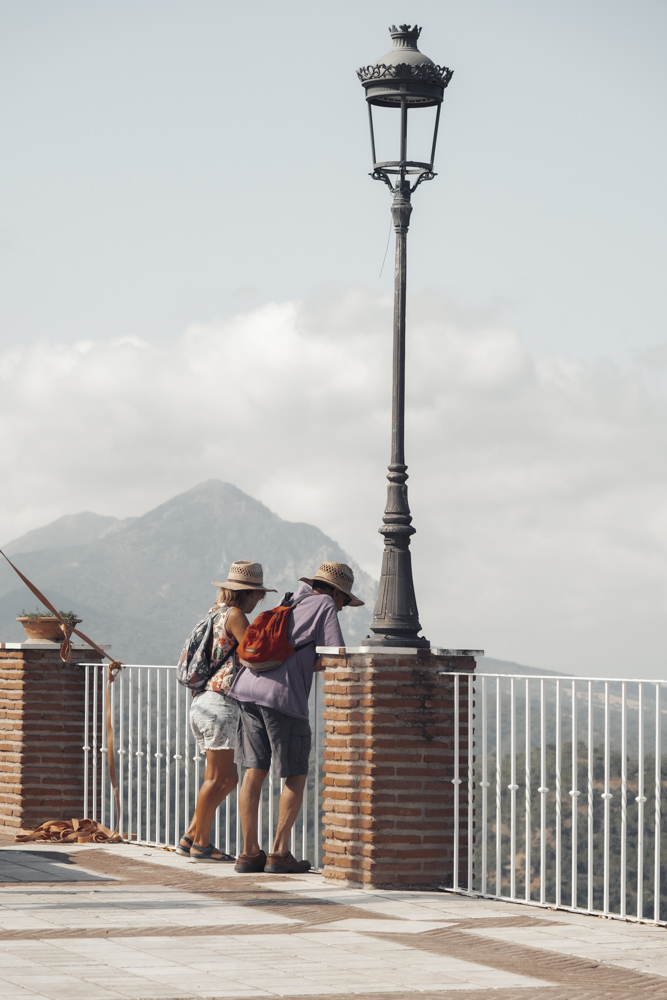
Despite its 30 years of existence, I got to know this Museum Village at the beginning of 2024, thanks to its award at FITUR (International Tourism Fair), which has turned it into a reference in Sustainable Tourism in Spain.
The FITUR Observatory dedicated to promoting good tourism practices in terms of sustainability, awarded it one of its FiturNext Challenge 2024 awards (-how tourism can contribute to the revitalisation of territories-) for its fight against depopulation. Thanks to this museum village as a tourist attraction, the population of Genalguacil has been increasing by 4% per year since 2019.
This recognition underlines how tourism can contribute to the demographic and socio-economic revitalisation of rural areas, combating the loss of population and job opportunities.
FiturNext points out that Genalguacil ‘has turned the village into an open-air museum available all year round, with more than 20,500 visitors in just one year’.
The Art Encounters
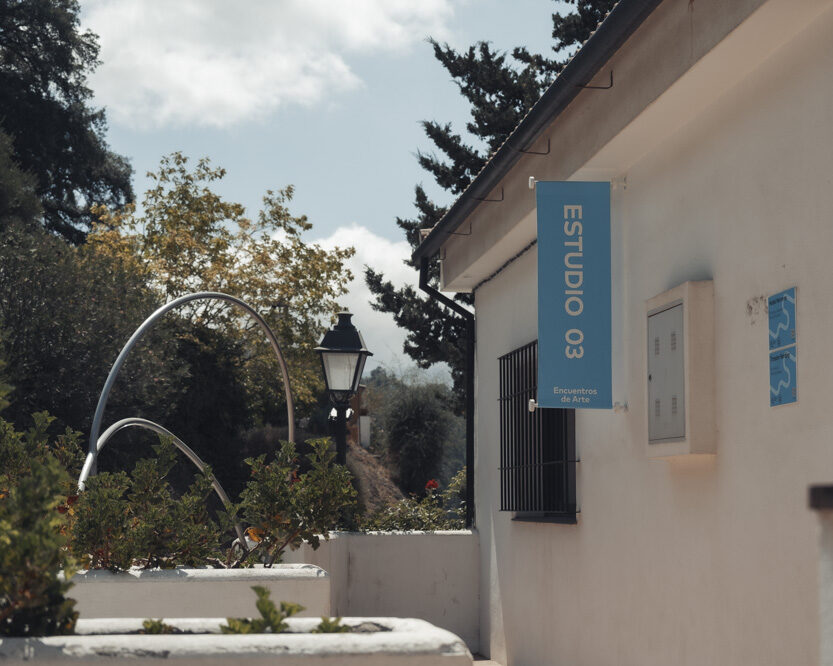
‘During the Art Encounters there is an atmosphere that cannot be explained, it has to be experienced’. This is how Gloria from La Posada del Recovero describes the days of the art meetings. This year, 2024, they were held between 1 and 15 August, and after spending a few days there, I can confirm Gloria’s words.
The village maintains its tranquillity, that characteristic calm of the beautiful Andalusian white villages, but you can also feel the amazement of national and foreign visitors who enjoy the numerous works of art distributed through the narrow streets.
Families, neighbours and visitors live together in a friendly atmosphere. There is no feeling of rejection towards tourists, as the village is not congested at all, and the people who visit it do so with interest and respect.
You can see or download the programme for 2024 here:
Local artists
During the Art Encounters, one of the main protagonists are the local artists. Some of them discovered Genalguacil thanks to this event and then settled in the village.
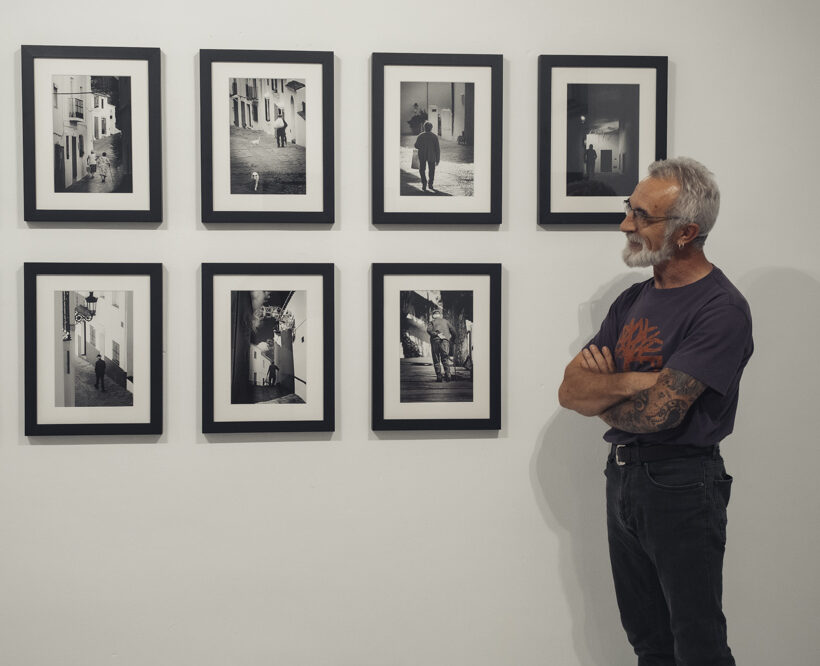
Artists and craftsmen of different disciplines have their workshops there: basketry, painting, wood, shoemaking… During the art meetings, their studios are open to the public, allowing us to discover their craft and their work.
There is also a joint exhibition in which their works are on sale. During the year, these artists also show and sell their work in the village through a monthly market.
As a photographer, one of the local artists I wanted to meet was Dio Rubio. When I arrived at his studio, I was not only surprised by his works, ‘a melancholic look at the everyday life of Genalguacil’ (Dio Rubio), but also by his warm welcome. Dio explained to me calmly and in detail his creative process and some anecdotes of his work, making it more accessible and profound.
The selected artists
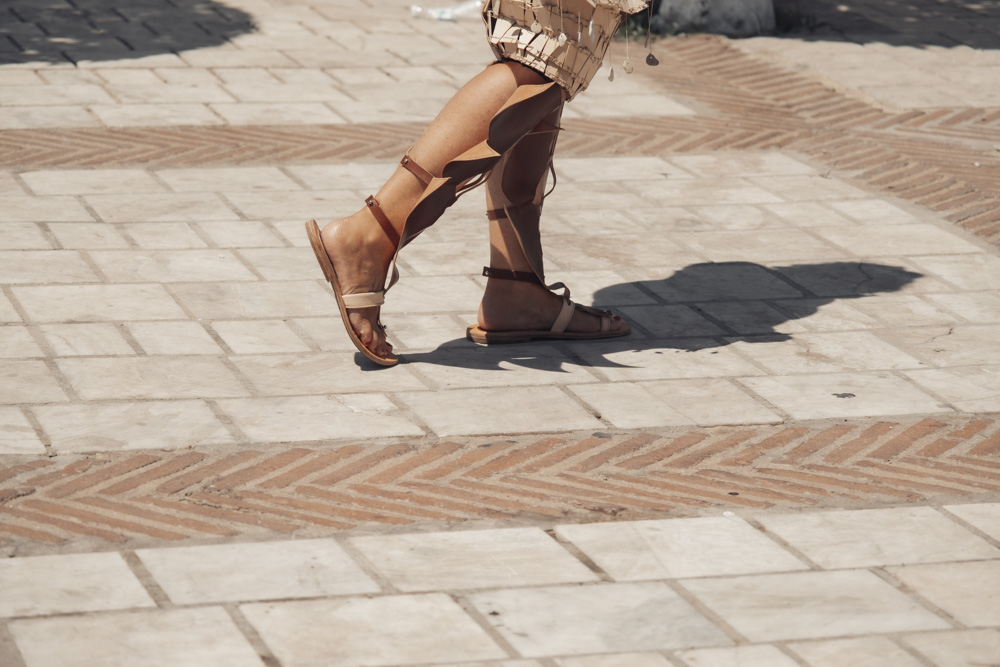
But, without a doubt, the great protagonists of the Art Encounters are the artists selected for the programme. This year, around a hundred proposals were received from 17 countries, making the selection a complicated task.
The jury, made up of the coordinator of the Art Encounters, Arturo Comas, and other professionals from the sector (Carolina Parra, Javier López, Juan Fco. Rueda and Marta Galindo), chose 6 proposals from all of them:
- Hodei Herreros: Facing the Wall
- Francisco Correia: Office Building
- Delia Boyano: Zozobra, rhythm, wind
- Timsam Harding: Without silence
- Mateo Chica: I heard the rod creak. You’ve never heard this story
- LUCE: The lived, shared
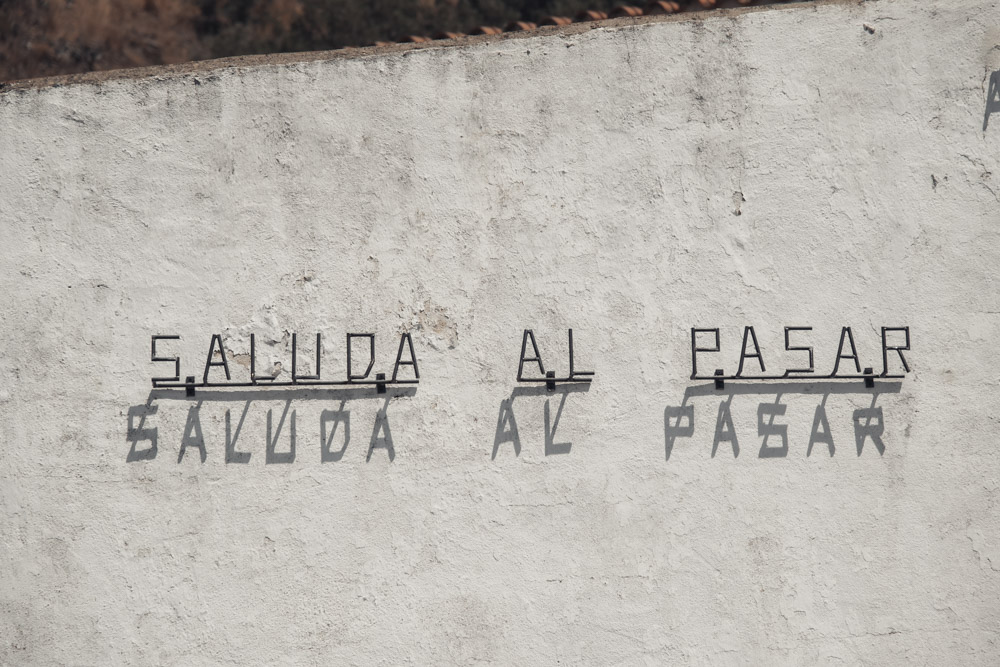
The artists’ works are part of their personal work and trajectory, but they are developed in harmony with the environment of the village of Genalguacil.
Close contact with the local people and the territory is a key factor in the conception, design and development of the works.
In LUCE’s work, for example, we find characteristic features of his work such as an interest in words and in intervening in disused spaces to give them new meaning, but also in working together with the local community of Genalguacil. When it came to choosing the phrases that have been left on a building in the village, worked according to the blacksmith’s trade, he has relied on his conversations with the neighbours and their sensations of the place.
Summer evenings & local economy
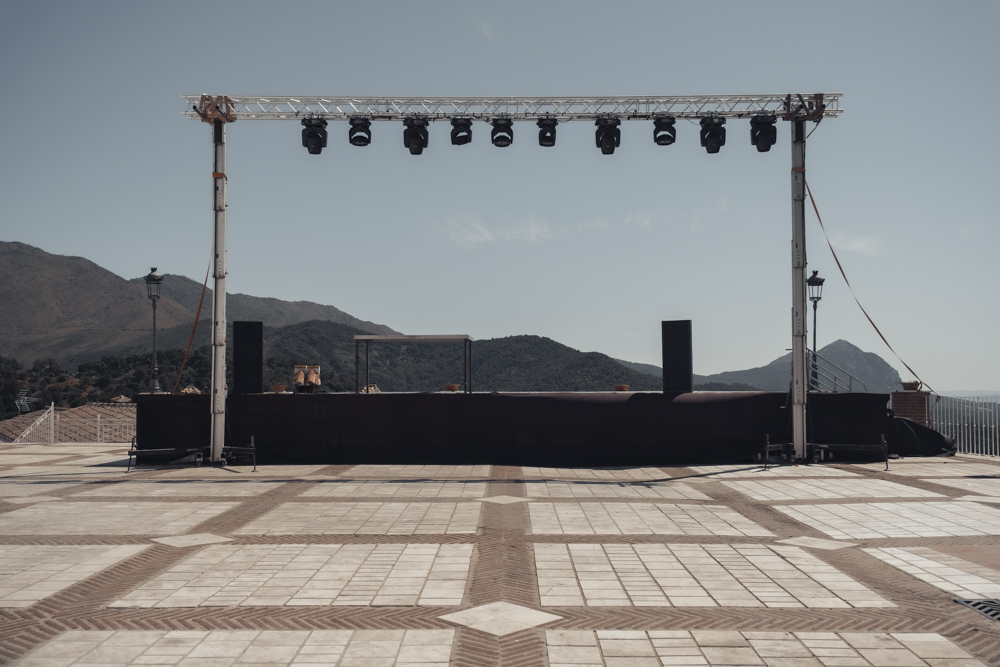
During the art meetings in August, the village of Genalguacil fills with family and cultural activities not only during the day, but also at night.
The so-called ‘noches al fresco’ bring together both theatrical and musical activities, and even film sessions.
On the other hand, local businesses benefit from the increase in visitors, both in terms of overnight stays in accommodation and restaurant bookings. Even so, the village retains the freshness of a ‘home from home’ atmosphere.
Works in the streets and in the MAC
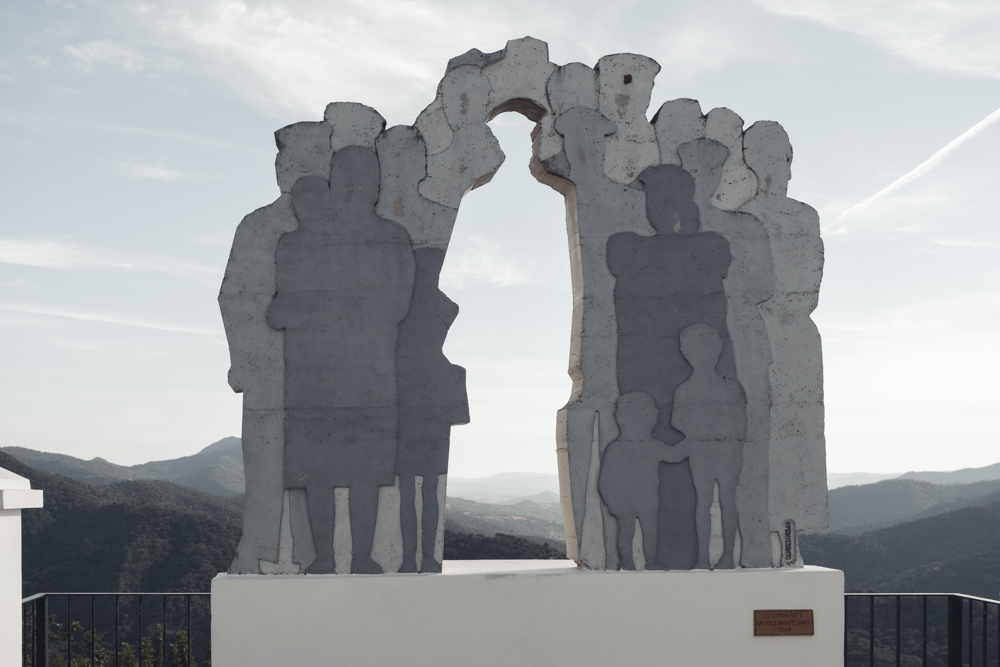
The works created by the artists stay in Genalguacil, either in its streets or in the Museum of Contemporary Art of Genalguacil ‘Fernando Centeno’, inaugurated in 2004. The museum was born out of the need to house the works of artists who have passed through the ‘Encuentros de Arte’ and ‘Arte Vivo’ programmes and who cannot remain outdoors.
More than 250 artists have already passed through this municipality in Malaga, and the artistic heritage they have left behind has earned Genalguacil the title of Inhabited Museum Town.
It is also one of the prettiest villages in Spain and has natural attractions as well as cultural ones. Near the village, there is an extensive route of footpaths, bathing areas, the rivers Genal and Almarchal, and one of the few forests of Spanish firs in the country.
Conclusions: a hopeful example that brings together art and tourism
Tourism has a bad reputation. For years it has been perceived as something negative for destinations and, unfortunately, in many cases it is highly detrimental to the social life and the natural environment. But today, far from talking about such cases, I want to focus on the hope that examples such as Genalguacil bring.
A town that understands the benefits of coexistence between locals and visitors, when it is born out of respect and mutual enrichment. This museum town also seems to be very aware of its possibilities and limitations, thus not leading the territory to congestion, keeping the proposal within the dimensions of its locality.
Art has always been a form of human expression, sometimes undervalued. In Genalguacil it occupies the place it deserves, being an engine of growth, an object of reflection, an excuse for social interaction, a reason for celebration. The attention given to the local residents, especially the elderly and families, allows them to continue to be the protagonists of their own village. Visitors here are travellers with curiosity and respect, which, in my opinion, is the only way to travel.
